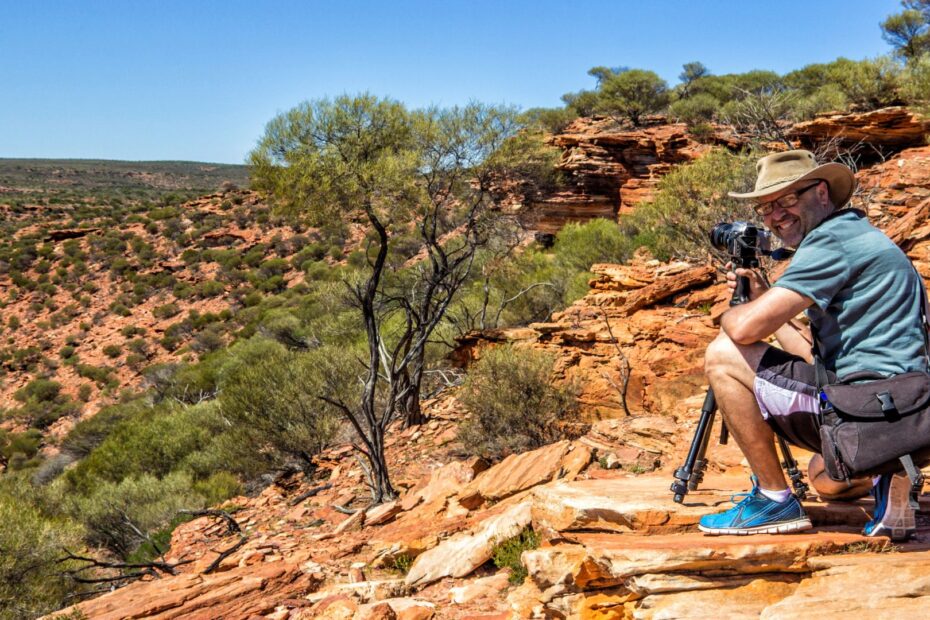Being the 6th largest country in the world, it’s no surprise that it is home to a wide array of magnificent landscapes, tropical beaches and coastlines, rainforests, alpine regions, the outback, deserts, and a lot more. Everywhere you look, you’ll see something that’s just worth snapping your camera on.
For photography enthusiasts, it’s more than just capturing nice scenery. It’s getting to experience seeing the marvels of the world with your own two eyes and documenting them. Like they always say, “pics or it didn’t happen”.
Photographers’ Top Dream Subjects in Australia
Listed below are some of the best places to capture the best photographs in Australia.
Cape Tribulation – Queensland

If landscapes are your thing in photography, you probably wouldn’t want to be anywhere else in Australia than in Queensland. One of its prized locations is Cape Tribulation, which is located inside the Daintree National Park, approx. 110 km north of Cairns. It is best known for its bird watching and Great Barrier Reef tours, aside from having a tropical rainforest where flora and fauna thrive.
It is a majestic coast, which obviously is best seen from up above. It’s definitely top-tier if you are a drone photographer. Special thanks to Craig of Cairns Pressure Cleaning for the photo above. Craig normally uses his drone for his Cairns roof cleaning before/after photos, but took this spectacular shot on a well-deserved day off!
Cradle Mountain – Tasmania
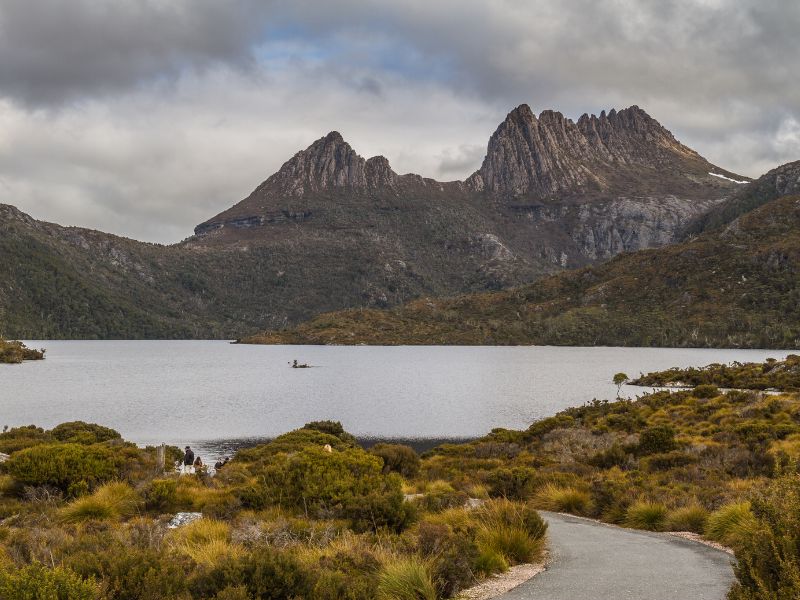
Tasmania, despite being a relatively small state, is packed with locations that are truly photography havens. But perhaps the top of the list would be Cradle Mountain, which is located in the Central Highlands region. It is the 6th tallest mountain in the state at 1,545 metres above sea level.
This mountain is quite unique in the sense that it has jagged peaks that look so good in photographs. Its diverse terrain is home to various plants that yield spectacular colours of yellows, oranges, and reds across and animals such as young joeys and echidnas roaming around in spring. Its crater lake that’s crystal clear, especially in summer makes it even more breathtaking!
Great Ocean Road – Victoria
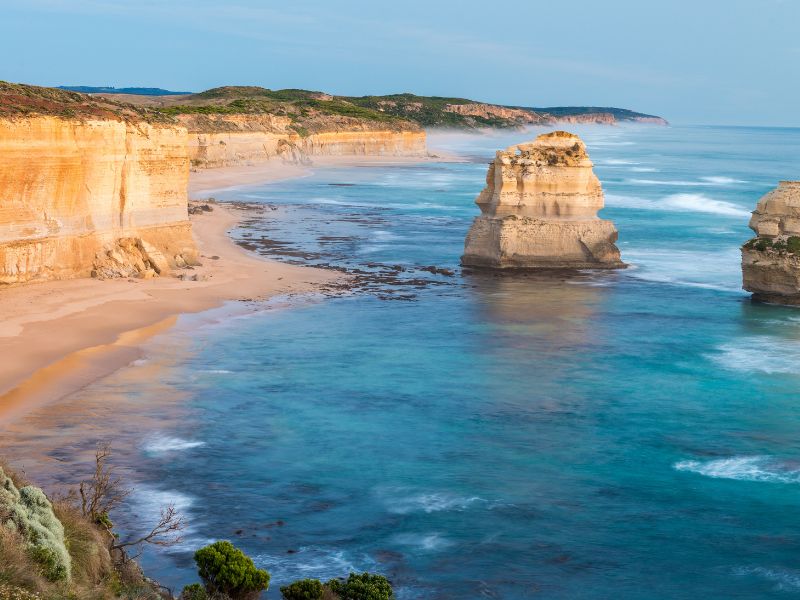
This is one of Victoria’s stunning locations that landscape and seascape enthusiasts can truly marvel at. The Great Ocean Road’s 240-kilometre stretch starts in Torquay and ends in Allansford near Warrnambool.
The limestones that had eroded over the years created these amazing pillars in various shapes and formations. They have made this coastline more magical and something that you can’t probably find elsewhere. The Loch Ard Gorge that is part of this stretch of road boasts of its two rock pillars, which are visibly stunning, especially during golden hours.
Kalbarri – Western Australia
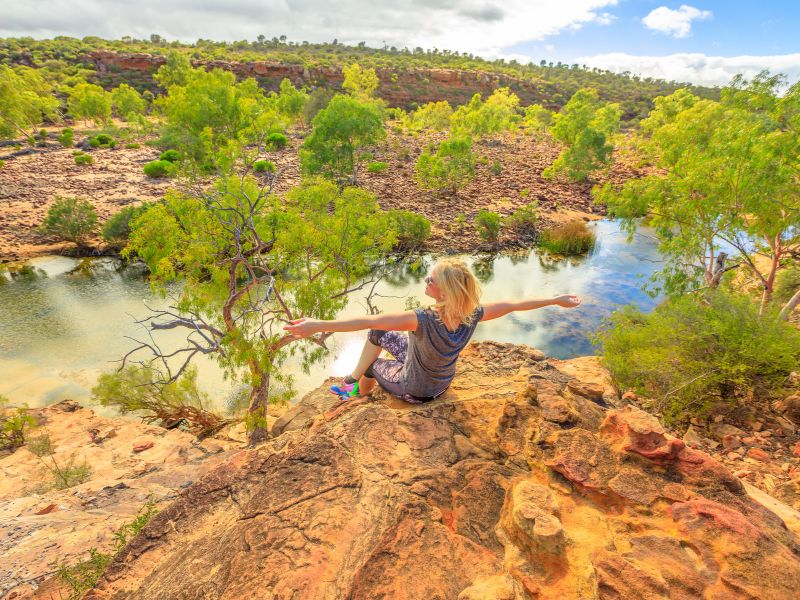
On Western Australia’s coast, particularly at the mouth of the Murchison River, lies this resort town famous for its estuary beach, seaside cliffs, and wild pelicans. Its coast is also home to seasonal humpback whales, as well as dolphins.
Kalbarri National Park is also popular for its rocky gorges. One of the sharp bends in the river is named the Z Bend. But perhaps the most sought-after among photographers is the Hutt Lagoon. Imagine capturing this in its array of hues in pink, lilac, and red. Truly one for the books!
Kangaroo Island – South Australia
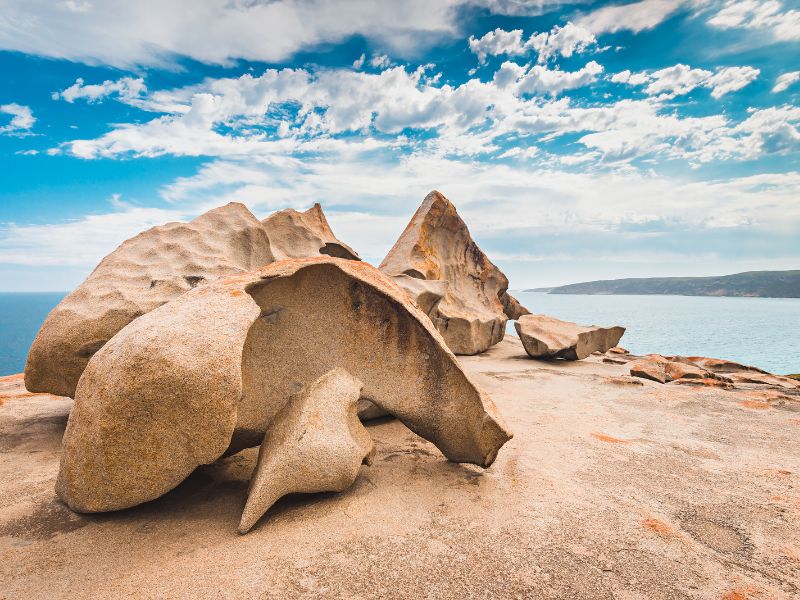
On the southwest of Adelaide, off the mainland of South Australia, this partly protected nature reserve is home to some native wildlife like various species of birds, koalas, and sea lions. On the west side of the island lies the Flinders Chase National Park known for its striking coastal rock formations, such as the stalactite-covered Admirals Arch and sculpted Remarkable Rocks, which are both postcard-worthy.
In a small part of the island on the south coast, you can find a place called Little Sahara, which is a 2-square kilometre dune system, which is believed to have been forming for over 7,000 years. You’ll definitely be amazed at capturing this landscape, along with many tourists enjoying tobogganing down its slopes.
Royal National Park – New South Wales

New South Wales is the state that is every photographer’s dream. With its Sydney Opera House, its Sydney Harbour Bridge, and its famous Bondi Beach alone, you’ll never have to go far and you’ll have stunning photographs for days.
But nestled between Sydney and Wollongong, just a 45-minute drive from the Central Business District is the Royal National Park, a heritage-listed site. This provides anyone with limitless moments to savour nature’s beauty and capture them through your lens. Considered one of the oldest national parks in the world, it features pristine beaches, rainforests near the shore, wildlife, wildflowers, and waterfalls, as well as ancient Aboriginal sites that will surely leave every photographer in awe!
Uluru – Northern Territory
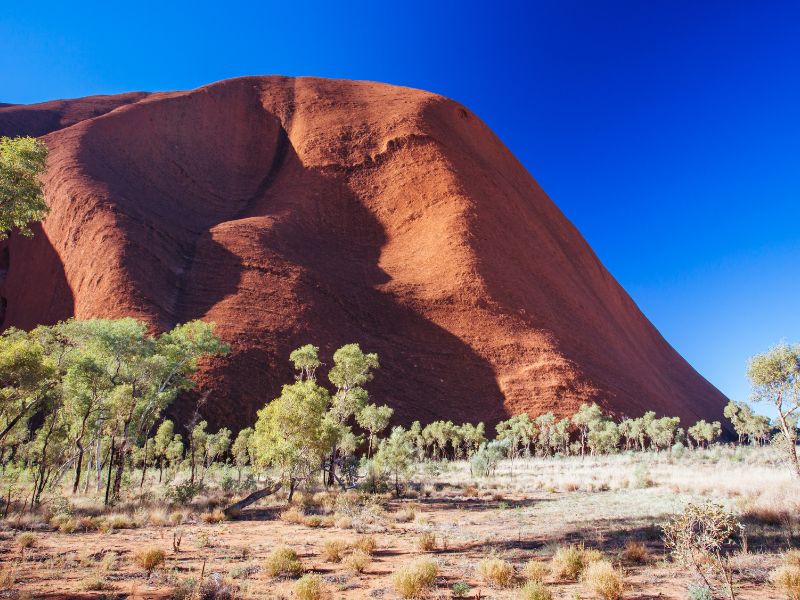
Also known as Ayers Rock, Uluru is a colossal sandstone monolith situated in the Northern Territory’s Red Centre. It features desert plains, rocky gorges, mountain ranges, and a few of the most sacred sites for Aboriginal Australia.
This place is packed with magnificent photography sites that you’ll never run out of subjects to take shots of, from sunrises to night times, and everything in between. How about trying astrophotography for the first time? This is famous for its minimal light pollution, which is the perfect condition for stargazing and night photography.
Wilsons Promontory National Park – Victoria
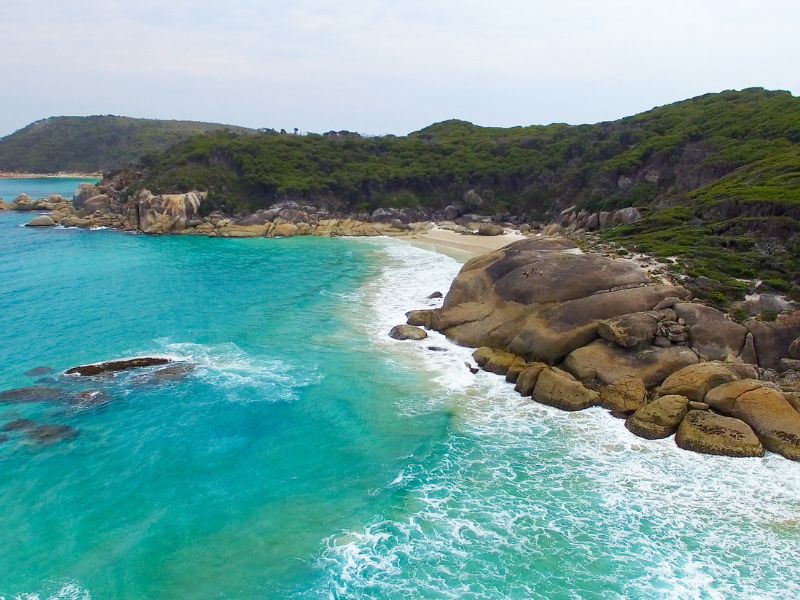
Wilsons Promontory is situated at the southernmost tip of the Australian mainland in Victoria. This park is also called Wilsons Prom or “The Prom”, which is comprised of trails in the coastal bushlands and granite tors-dominated beaches that will make your photographer’s heart pound with excitement.
Mount Oberon’s granite peaks offer panoramic views of the majestic sea and sunset. By the beach lies squeaky-clean white sand and pristine water, in the north nestles rugged wilderness, and in the south headlines the Sealers Cove and the historic Wilsons Promontory Lightstation.
